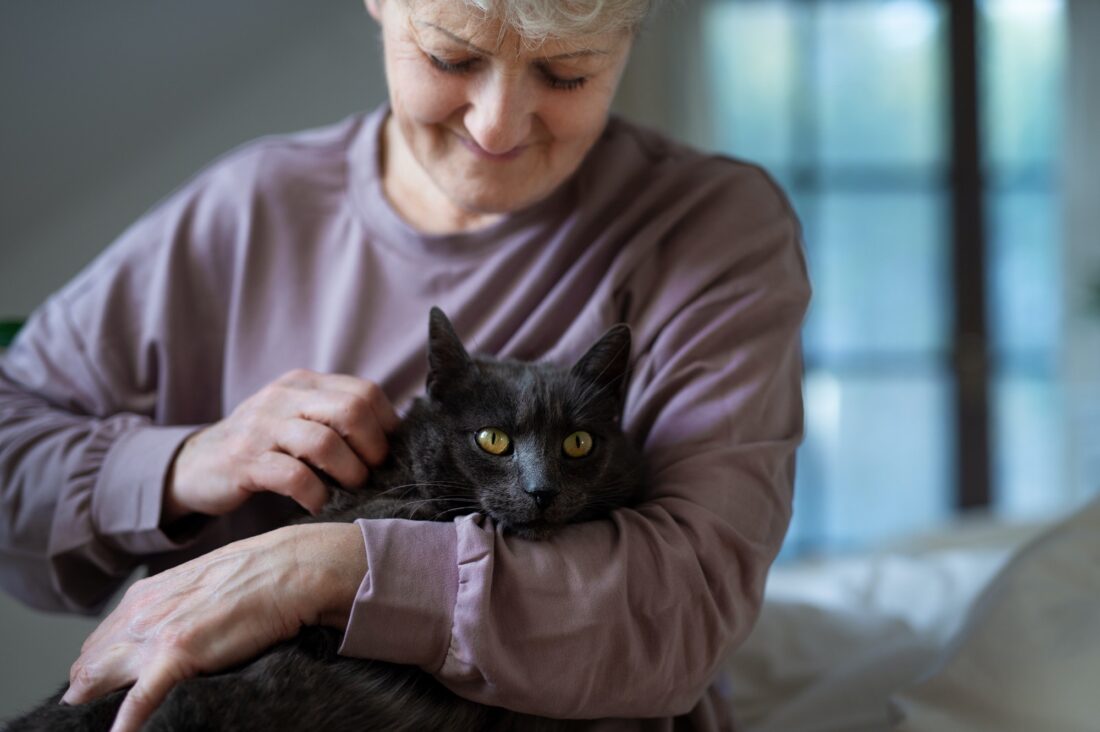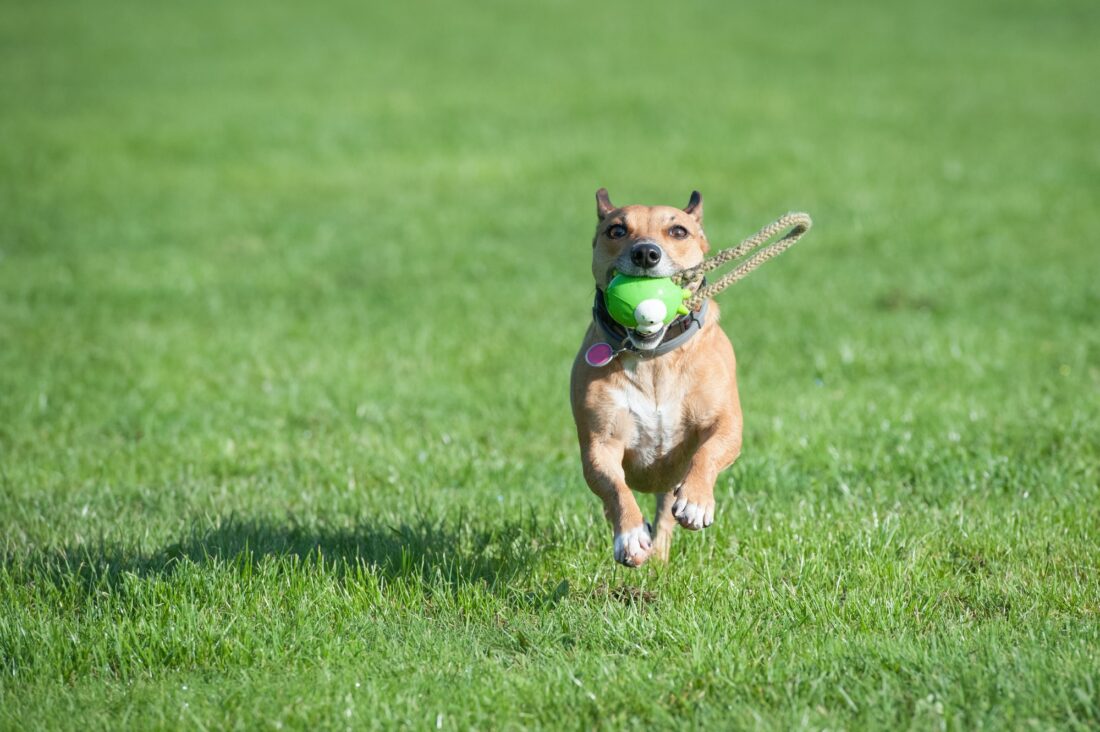Over the years, we’ve had a few customers tell us that their dog developed bloat. One dog received immediate medical attention and survived. Sadly, two other pet parents lost their dogs to this potentially deadly condition.
What is Bloat in Dogs?
Technically known as GDV (gastric dilatation volvulus), bloat is caused when gas builds up in a dog’s stomach and can’t get out. As the gas accumulates, the stomach swells and often twists. This then blocks the passage of food out of the stomach, as well as blocking blood flow to the stomach and other internal organs. Although it can occur in any type of dog, it tends to show up more frequently in larger, deep-chested dogs. Breeds with a higher risk of developing bloat include: Great Danes, Irish Setters, St. Bernards and Retrievers. Older dogs (over 7) are at greater risk than younger ones.
Symptoms of Bloat in Dogs
The following symptoms may indicate your dog is suffering from bloat:
- Attempting to vomit, with no results
- Restless, uncomfortable pacing
- Excessive drooling
- Weakness
- Swollen belly
- Heavy panting or shortness of breath
If your dog shows any of these symptoms, go to your vet immediately! This is truly a life-or-death emergency, and every moment counts.
What Causes Bloat in Dogs?
While it is not clear what exactly causes a dog’s stomach to bloat and twist, there are several common factors leading up to the condition:
- Feeding only one meal a day
- Gulping too much air while eating too quickly
- Feeding from an elevated bowl (there are differing opinions on this)
- Drinking too much water before or after exercising
- Eating dry food, then drinking too much water afterwards, making the kibble swell up in the stomach
How to Fix Bloat in Dogs
Although a vet can just “let the air out” and send your dog home, that’s not the best option. If only this is done, bloat tends to recur about 75% of the time (remember the movie Marley and Me?). The best option is for your vet to surgically untwist the stomach, and then sew it to the inside body wall so it can’t twist again. Survival rate for such surgeries is an encouraging 95%.
How to Prevent Bloat in Dogs
Finally, here are some suggestions that can help prevent bloat from happening to your dog:
- Feed your dog two or three smaller meals a day, rather than one large meal
- Use a slow feeding dish to moderate food consumption rate
- Limit your dog’s water access for at least one hour after eating
- Avoid strenuous exercise for one hour before and two hours after each meal
- Don’t roll your dog over 180 degrees (i.e. from side to back to side) after it has eaten
- Add water to dry food and let it get soggy so that the stomach fills up at a safe rate
Although bloat in dogs is definitely a medical emergency, it doesn’t have to be a tragedy. Armed with this information, you have an excellent chance of keeping your dog safe and healthy for years to come.





